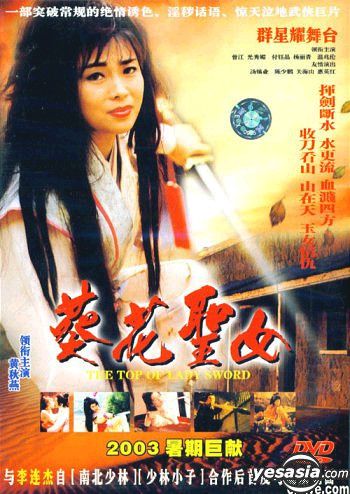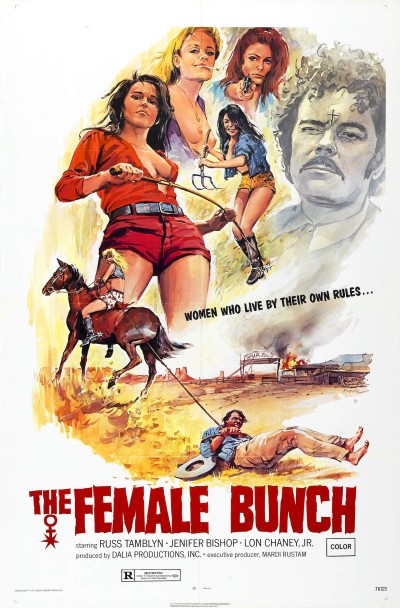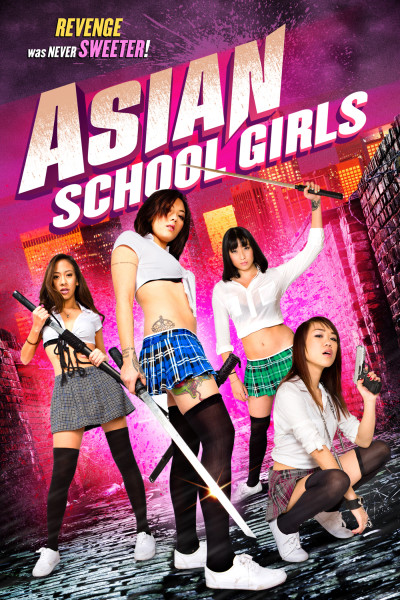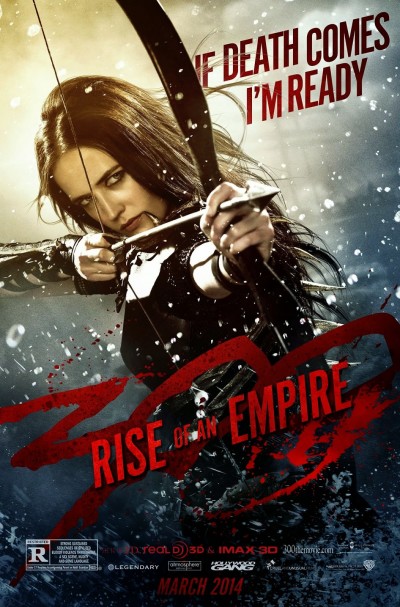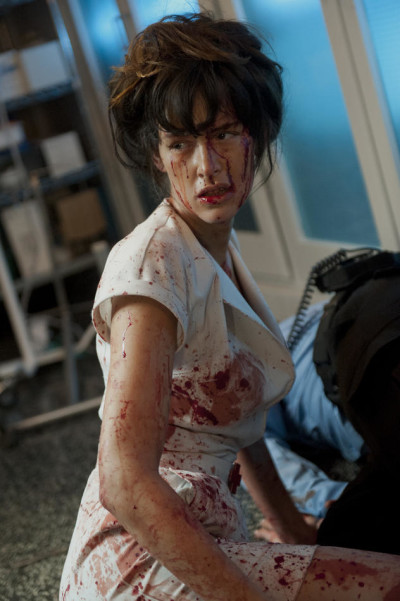★★★
“The Crow-ette”
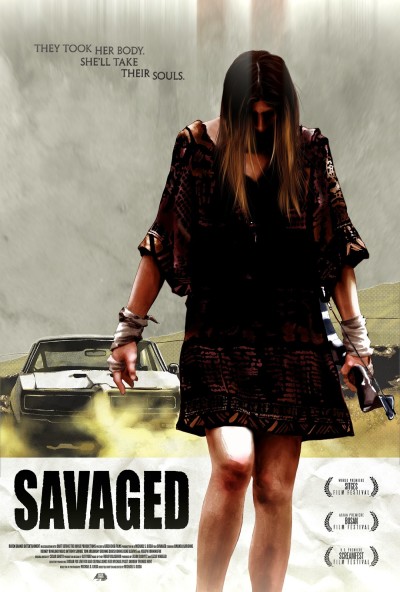 Zoe (Adrienne) is driving across country to meet her long-distance boyfriend, Dane (Samuel), when she has the misfortune to stumble into a pack of four rednecks, engaged in their favourite pastime of hunting the local Indians. When they stab one to death right in front of her, it’s clear things are going to end badly for her: and they do, as she is raped, brutalized and left near-dead in a shallow grave. But a conveniently-passing shaman finds her; though his efforts to save her are unsuccessful, the spirit of a dead chief enters Zoe. For, it turns out, he was killed by the ancestors of these same rednecks, and he sees in Zoe the chance to extract his long-awaited and brutal revenge. However, there’s a time-limit involved: since she’s still technically dead, decomposition is setting in…
Zoe (Adrienne) is driving across country to meet her long-distance boyfriend, Dane (Samuel), when she has the misfortune to stumble into a pack of four rednecks, engaged in their favourite pastime of hunting the local Indians. When they stab one to death right in front of her, it’s clear things are going to end badly for her: and they do, as she is raped, brutalized and left near-dead in a shallow grave. But a conveniently-passing shaman finds her; though his efforts to save her are unsuccessful, the spirit of a dead chief enters Zoe. For, it turns out, he was killed by the ancestors of these same rednecks, and he sees in Zoe the chance to extract his long-awaited and brutal revenge. However, there’s a time-limit involved: since she’s still technically dead, decomposition is setting in…
There are a couple of interesting wrinkles here, first that Zoe is deaf. This disability doesn’t play much part in proceedings, which is actually kinda cool: it’s just another aspect of her character. What is rather more relevant, is that Dane is black, so when he heads out in search of her, and crossed the path of the rednecks, it soon becomes very apparent that it isn’t just native Americans they dislike. All of which simply adds impetus to your enthusiasm for them to get their comeuppance, and that certainly happens. The “revenge” part of this rape-revenge flick starts with the possessed Zoe in a bar, yanking someone’s intestines out like they were tickets from an arcade game, and impressively, somehow manages to escalate from there. She gets to wield a variety of traditional weapons, such as a bow & arrow or spear, on the way to the slightly-less traditional tomahawk vs. chainsaw finale.
This only comes close to working if you don’t think about it too much: ideally, at all. Otherwise, you’ll be left wondering about questions like why the shaman didn’t do the sensible thing and call 911; too often, the supernatural aspects are used as an alternative for plot logic. Have to say, though, Adrienne is very good as Zoe, though in some ways, it’s a shame she has to be possessed by a male ghost to get her revenge. I’d have been perfectly happy for her to be intestine-yanking on her own terms, and Dane could also be excised from the plot entirely. Still, the further this heads into excess e.g. point-blank target practice, the more entertaining it is, and the practical effects are more than good enough to counter some distinctly ropey CGI work. As the title of this piece suggests, more than one review has compared this to The Crow – and that’s a reasonable parallel, considering its similar mix of soft-core spirituality and hard-core violence.
Dir: Michael S. Ojeda
Star: Amanda Adrienne, Tom Ardavany, Ronnie Gene Blevins, Marc Anthony Samuel





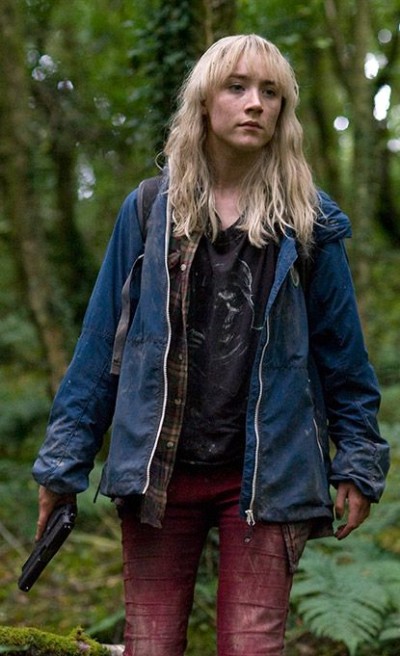

 Following on more or less directly from the events of
Following on more or less directly from the events of 
